The stages of development of synthetic RBCs and the effect of methylene blue
Time is running out...
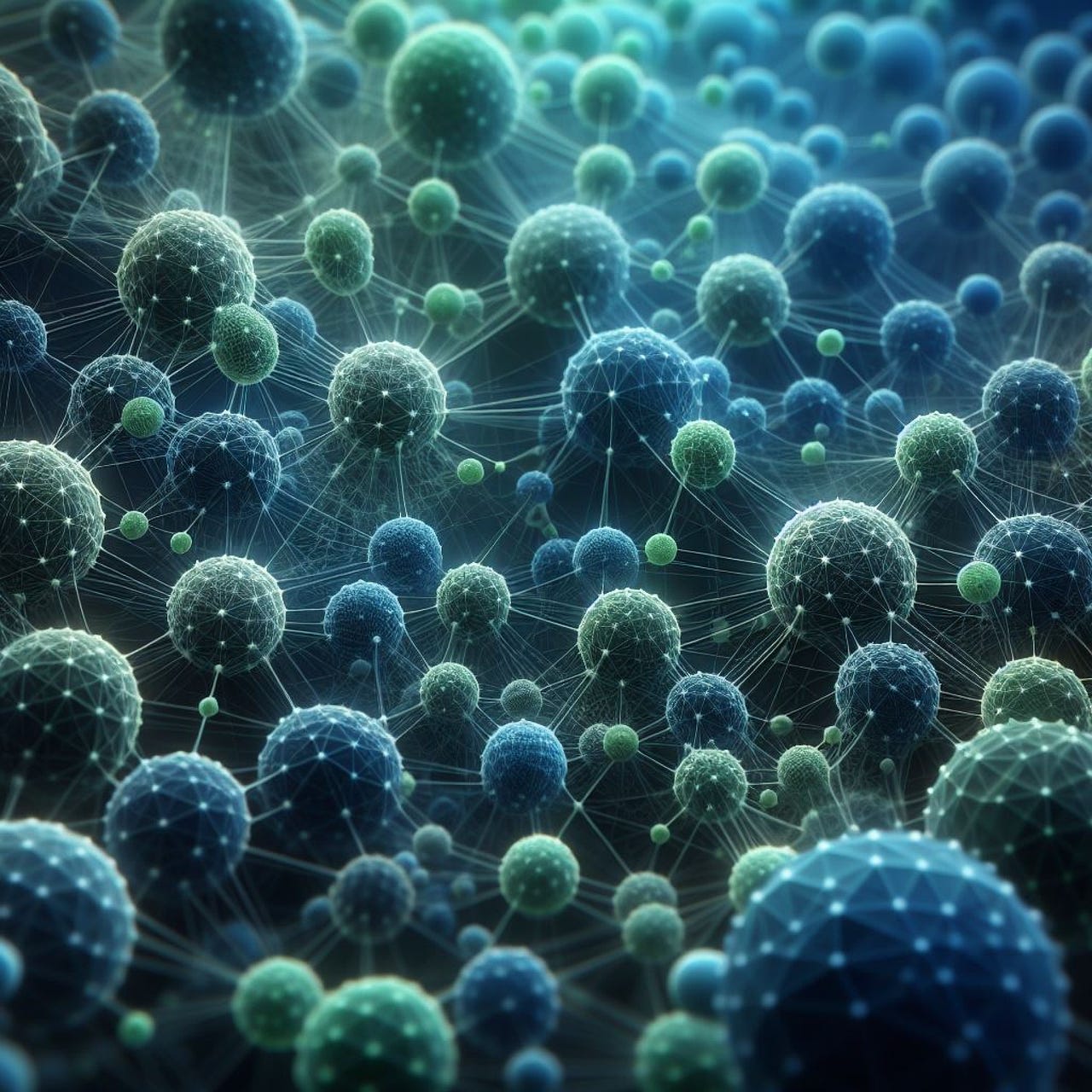
It is no longer a secret that we are finding more and more synthetic red blood cells in our blood. However, the transition from biological to synthetic cells can be well documented as follows. Since methylene blue binds to polymers, I used it in blood samples to gather further information. This was successful.
A word of warning: methylene blue is not the solution for getting rid of these cells, especially not as the only remedy!!!
In my last article, I wrote about the transformation into synthetic tissue, and this article is a follow-up to that.
The sample from the above article has been further observed.
First, it was observed that what I will refer to as a biosensor had formed—a triangular structure that is definitely artificial in nature.
When visualizing neural networks or cybernetic systems (which are of interest to transhumanists), triangular nodes or grids often appear.
Why: Triangles are the simplest closed network units and are often used for efficiency and redundancy analyses.
Specific application examples
Nanoantenna triangles in optical biosensors.
Graphene-based triangular sensors for chemical or neural detection.
Tattoo biosensors with a triangular layout for better skin adaptation.
Implants with triangular carriers for better tissue integration.
This form also appeared in my remote viewings in connection with the technology.
On the sixth day after blood collection—when enormous decomposition of biological blood cells is normally observed—the artificial blood cells floated around as if in a tank. So here too, there was no drying out of the sample:
In collaboration with Maria Crisler, we have now investigated what happens to this sample under the influence of methylene blue.
Methylene blue and polymers – influence & interactions
MB can bind to polymers (e.g., to negatively charged surfaces such as alginates, cellulose, PAA).
It can be stored in polymer matrices or bound by ionic interactions.
Polymer adsorbents such as polyacrylic acid, polypyrrole, chitosan, or polyaniline are often functionalized to better bind MB – not vice versa.
Important: MB does not dissolve polymers in the traditional sense. However, it can interact with polymeric materials, e.g., through swelling, discoloration, or reversible adsorption—this may appear to be “dissolution,” but it is usually physical or reversible.
So, to clarify: methylene blue accumulates well in polymers, but it destroys biological membranes.
Based on the results, we expanded the tests and found the following results:
To clarify the procedure:
The staining was done with pharmaceutical methylene blue, as the dye used in laboratories usually contains impurities in the form of heavy metals. This would have distorted the tests. A small drop of methylene blue was placed on the slide, and blood samples from various test subjects were placed on the cover glass and mixed together.
This mixture clearly showed how heavily a blood sample can be contaminated by synthetic cells.
Let's start with images of biological erythrocytes and their reaction to methylene blue. The strong oxidation is immediately apparent from the massive clumping: the membranes suffer severe damage.
If the erythrocytes are in a stage of transformation, meaning that they have already stored some polymers in their membrane, a kind of blue mist appears over the cells when methylene blue is added. At first, I couldn't explain what this was, but when the membranes begin to dissolve, the bound polymer, which is stained with methylene blue, appears as a cloud of mist.
The process of dissolving the following cells takes longer. They can be found in blood samples together with biological cells. In general, I can say that the longer the dissolution process takes, the higher the proportion of polymers in the cells. This means that the process of creating synthetic cells is further along.
Here are a few examples of what this looks like:
The blue fog that forms when it dissolves is therefore nothing more than stained polymers that are released from the RBCs.
Nevertheless, methylene blue should not be taken without a binding agent and a way to excrete it from the body. Something that strengthens the RBCs against the positive charge of the methylene blue would also be helpful. That's my opinion. If anything... Test phase underway.
Then I had a blood test that showed 100% synthetic red blood cells! There was no real mixing of methylene blue—and only gradually did the cells take on the color, albeit slowly—but I couldn't see any fog. No signs of dissolution. The conversion process was complete!!!
Let's go through the blood count:
Normally, as shown above, the blood cells should have clumped together immediately, but they did not—and there was no fog—meaning no signs of dissolution!
Let's return to the first blood sample from my last article.
It was also stained with methylene blue on the seventh day. It is a blood sample in which both forms of RBCs were present. This is a good test medium for what happens in the long term.
It showed the same clumping of biological cells, with other cells showing signs of fogging, indicating that the conversion process is not yet complete.
Here are some interesting phenomena that occurred:
The blood flows like an oil film: As a reminder: this is blood that is now seven days old and has been exposed to a large amount of methylene blue. The erythrocytes are still retaining their shape!!! This should not be possible!!!!
As already shown in previous articles, very strange spiky structures form at some point when hydrogels and methylene blue are combined. This process also began here. But significantly delayed. However, it primarily occurred where biological RBCs were still present. It was not until much later that it also occurred in the area of synthetic blood cells.
The crystallization of methylene blue is particularly visible at the edges, where some biological erythrocytes are still present. This is where crystallization begins first.
Some salts or electrolytes can reduce the solubility of methylene blue through ion strength increase or salting-out effects:
Sodium chloride (NaCl)
Ammonium sulfate ((NH₄)₂SO₄)
Potassium chloride (KCl)→ These can disrupt the hydrate shell and contribute to crystallization.
If crystallization only appears later in the synthetic cells, this means that these substances must be present in smaller quantities or are missing altogether. This is the case with NaCl, for example, which should actually be present there. This would also explain the change in flow behavior.
The stuff started forming entire networks.
Once the RGB resolution was actually complete, images suddenly appeared that were not at all pleasing to the eye:
Even though many find it difficult to compare it to snakeskin, the similarity cannot be denied. Given that sidewinder DNA has been detected in the hybrids that appear in the intestines, I would not be surprised if this were also the case here... Even if one would prefer not to believe it.
Why snake genes? Quite simply, they are much more resistant to radiation. And with the high incidence of 5G/6G—which causes human tissue to start bleeding—snake tissue is resistant. Apart from its toxicity, that is.
The next video is an area in which synthetic RGBs are already very advanced in their development. There is damage from methylene blue, but the nanoparticles inside are still present and continue to work. They are trying to repair the damage to the membrane.
As long as they are surrounded by polymers, they can continue to do their job. The video must be played in full screen mode, otherwise it cannot be seen. And uploading it here to Substack also reduces the quality quite a bit. The video is available in better quality on my Telegram channel for those who would like to take a closer look.
The following video shows the contents released from the hydrogels.
The amount of material released alone should make it clear that a toxin binder is necessary.
I will conduct some tests in the future with a few preparations to see if we can prevent this conversion process. The results will then be published here on Substack.
What I can say at this point is that Maria Crisler's Insuless shows very good regenerative properties. And for the record, I don't earn anything from this product!!!
I had it in my remote viewing sessions and so far it has been one of the best I have seen.
Because the technology causes a lot of inflammation in our blood, it also disrupts the sugar balance. Insuless stabilizes this too – and in many other ways.
In the sessions, it was visibly effective and had the same physical effect when taken. I am grateful to be able to work with her! Her work is outstanding.
In addition, she has a scanning electron microscope (SEM), which is an electron microscope that scans the surface of samples with a focused electron beam to produce high-resolution images. It enables the examination of samples at magnifications that cannot be achieved with conventional light microscopes and provides information about the topography and composition of the sample.
And these results are worth their weight in gold.
Below is a picture from their collection of urine after taking methylene blue and senolytics.
Senolytics are active substances that help remove aged, so-called senescent cells from the body. Senescent cells are cells that have ceased their normal function and remain in the body, which is associated with various signs of aging and diseases.
Below are some more pictures taken last week during the blood tests that led to the above findings:
We have been observing these chemically active bubbles for quite some time. Methylene blue does not seem to be able to penetrate them; the membranes appear to be immune. However, exposure to light activates their reactions.
And yet another triangle in another blood sample:
Once again, I only used methylene blue here to make the process visible. This is because synthetic cells containing polymers must absorb methylene blue, which is exactly what they did. As long as a biological component is still present, dissolution occurs. I can therefore now say that these are synthetic cells that are in the process of being converted from biological to synthetic and that they definitely consist of polymers.
This has nothing to do with taking methylene blue.
Medically, it is used for
methemoglobinemia
Mechanism of action: MB reduces methemoglobin (Fe³⁺) to functional hemoglobin (Fe²⁺).
Indication: Acute methemoglobinemia caused by medications (e.g., nitrites, anilines).
Dosage: i.v. 1–2 mg/kg body weight (administer slowly).
Septic shock
MB inhibits NO synthase and guanylate cyclase → reduces vasodilation.
Can be used as an adjunctive therapy in refractory septic shock.
Malaria
Previously (and in some cases again) used as an antimalarial agent, especially against Plasmodium falciparum.
Combination with other active substances, e.g. quinine.
Urinary tract disinfection
In combination with other substances for oral therapy (e.g. in urospasmolytics).
Dyes in the urine → also helpful for diagnosis.
Brain fog and poor concentration are usually associated with methemoglobinemia. This is triggered by the massive breakdown of RGBs by nanotechnology. See my last article, like the video at the very beginning. This releases enormous amounts of iron in the form of Fe3, which is then converted back to Fe2 by methylene blue. That's why most people feel better afterwards they have taken methylene blue.
And again: I am not giving medical advice here. I am merely documenting what we find, what reactions appear in the blood, and what conclusions can be drawn from this.
At this point, I would like to express my sincere gratitude to everyone who supports me. I publish all the results I find openly in this Substack—even if you are not a paid subscriber. If you would like to help me with a subscription, you will receive access to my website darkfield-enimga.com. There you can view my remote viewings and my Future Targets. This is not a free service! The same applies to the Targets related to nanotechnology in combination with blood.
Thank you all!!!
SAM
For your help and support here on Substack, you will also receive access to my Future Targets and Extra Targets. These are visible in the paid subscriber area and can be accessed on my website after logging in.
I have set up a Telegram channel where news will be posted, along with information about the detox program. Netiquette is expected.



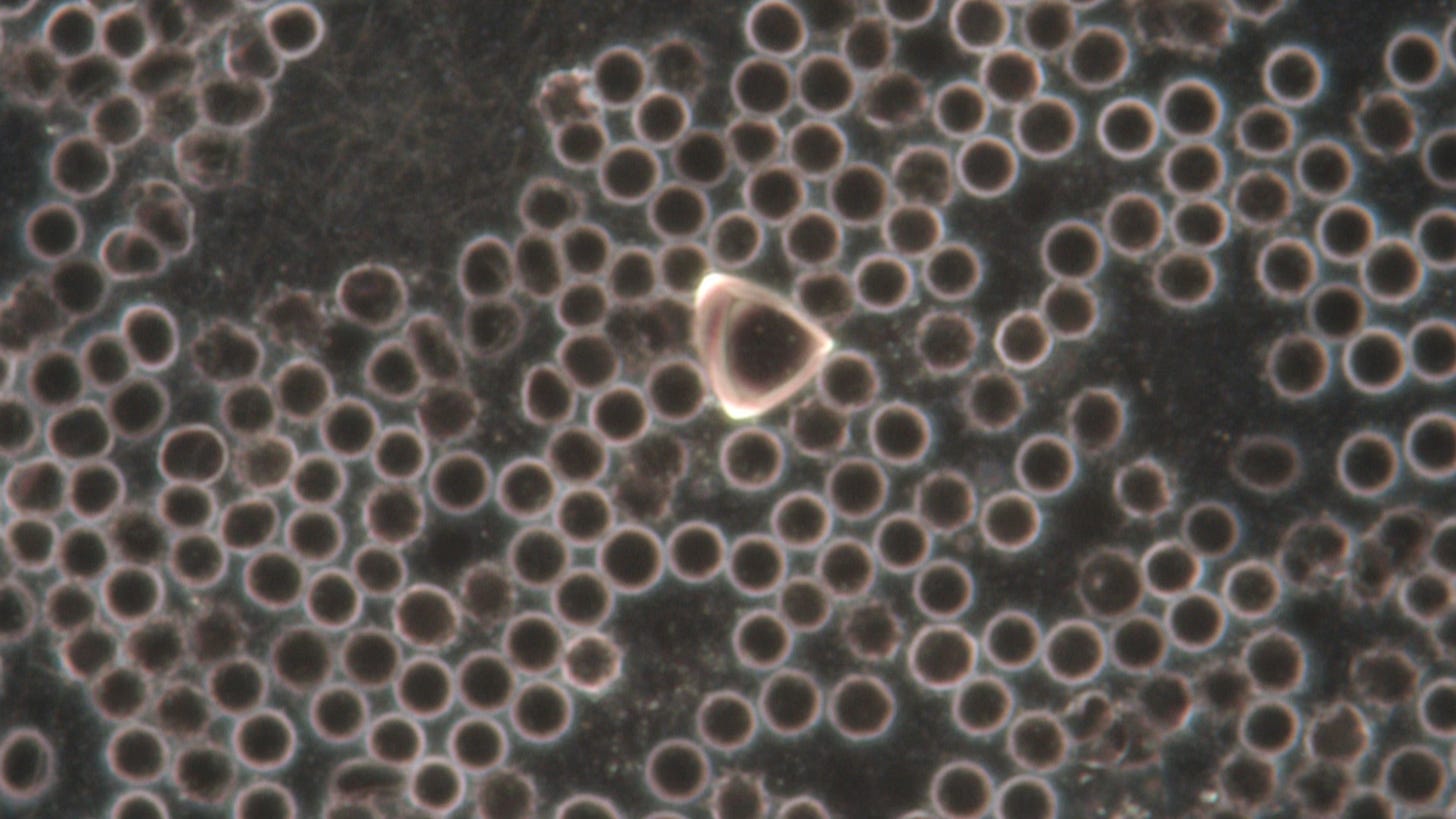

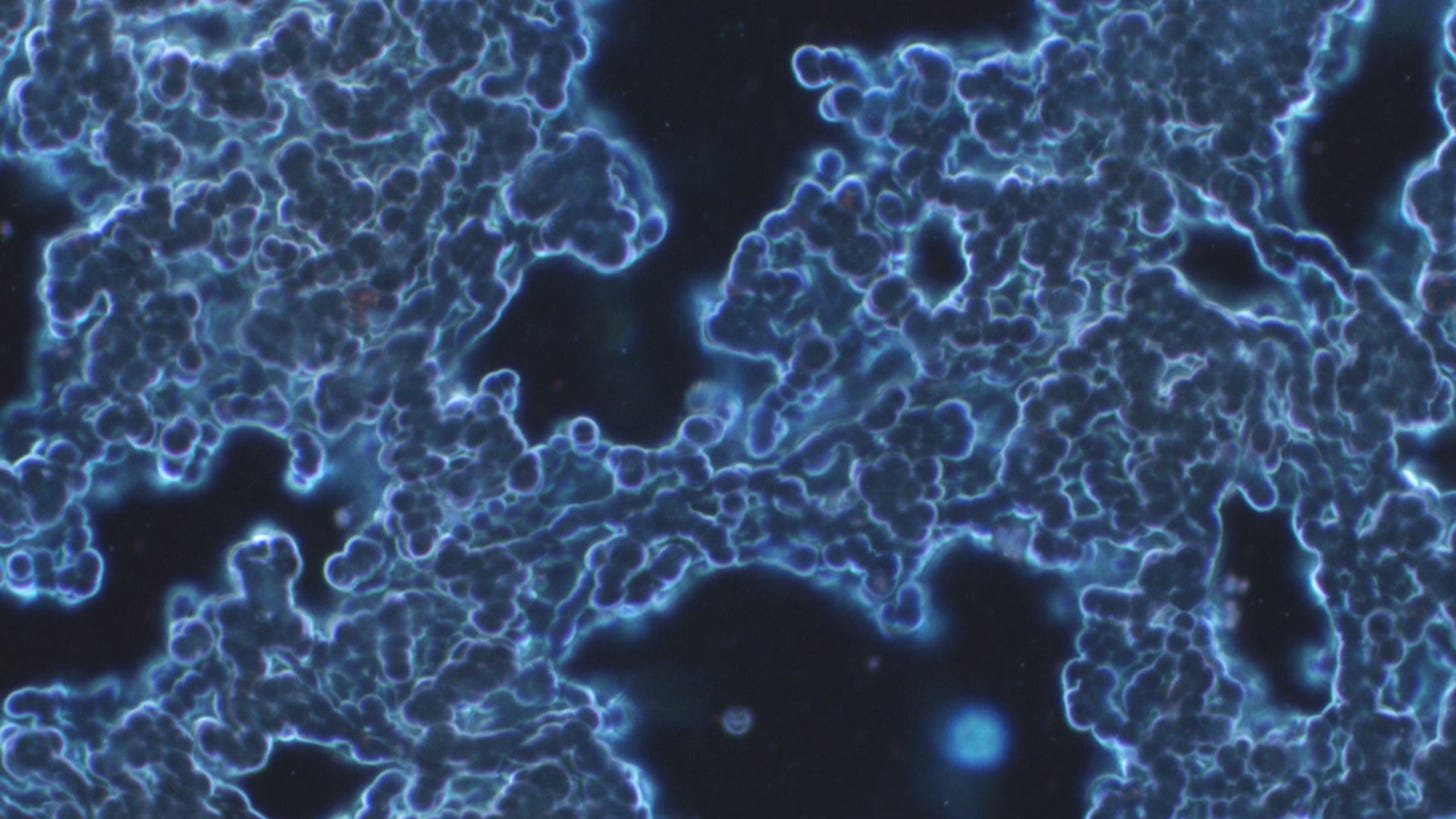
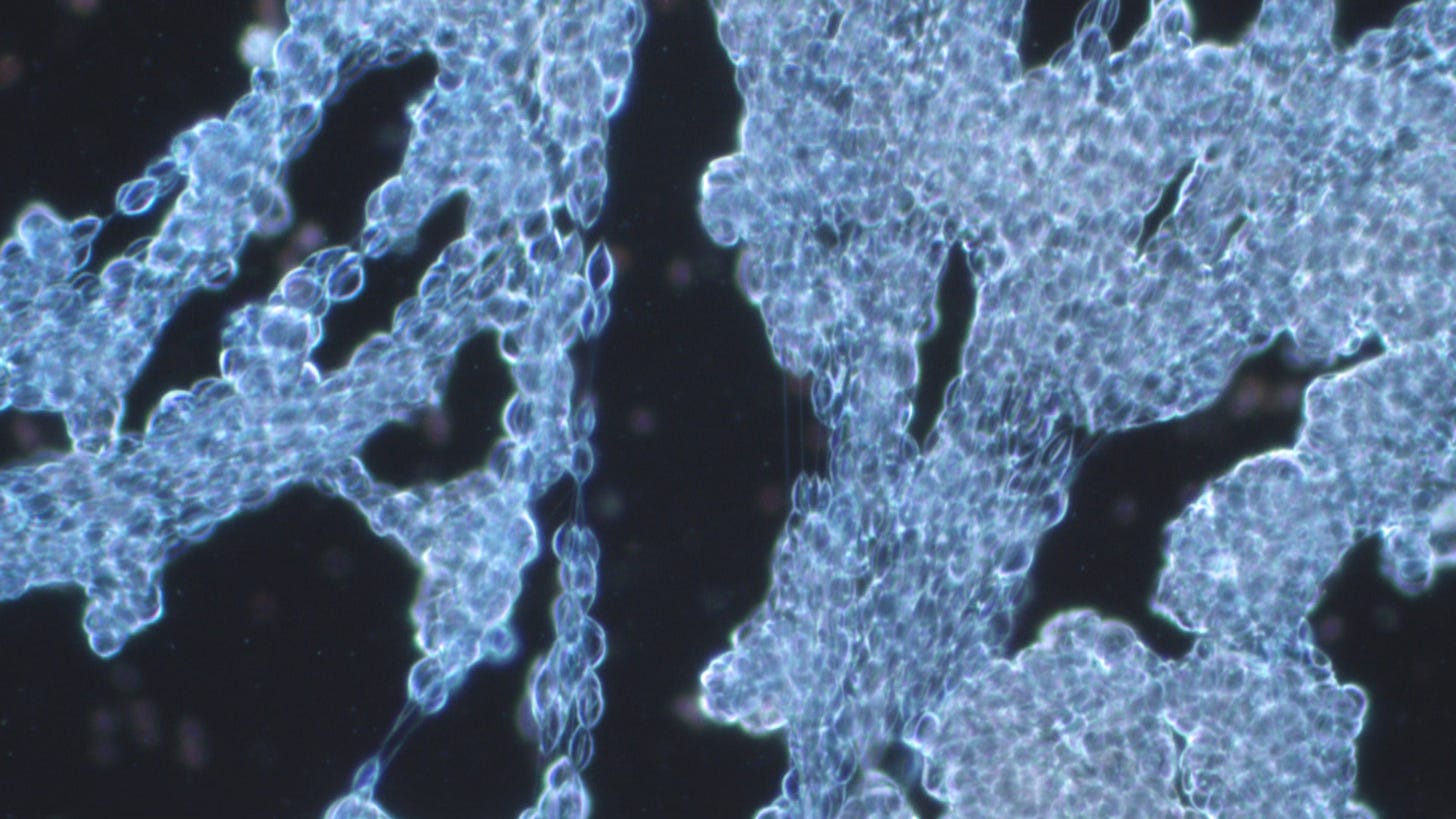
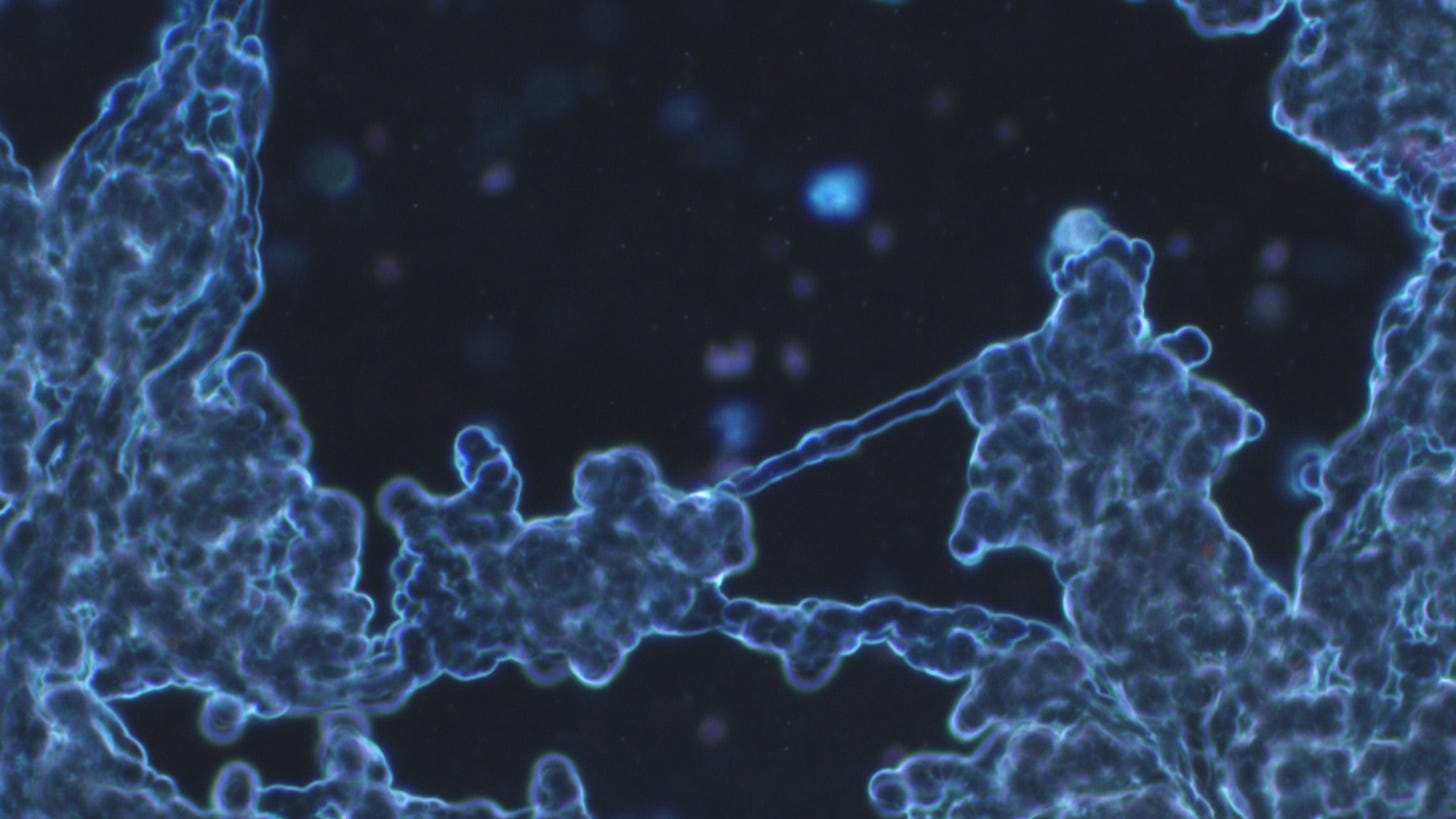
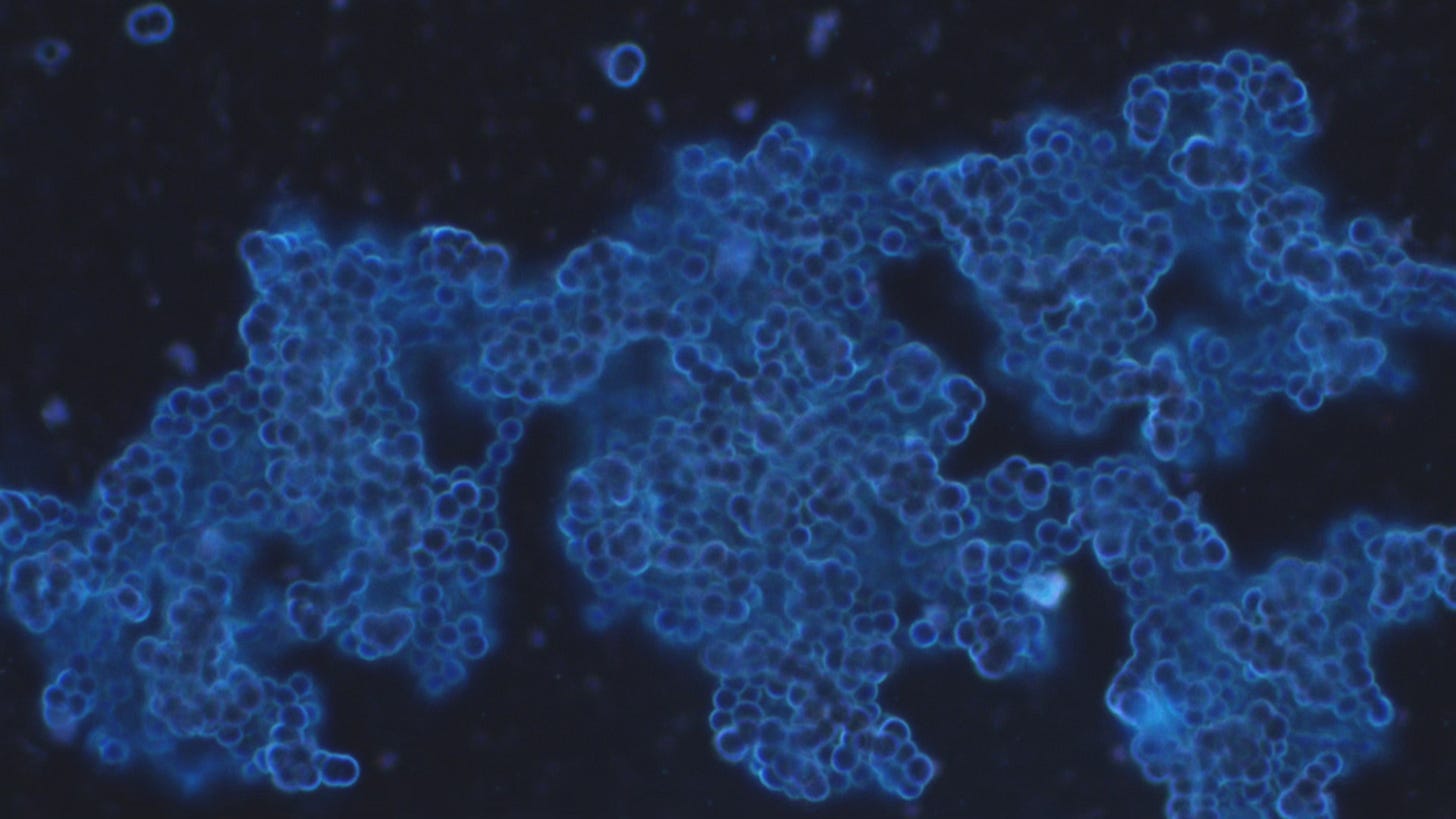
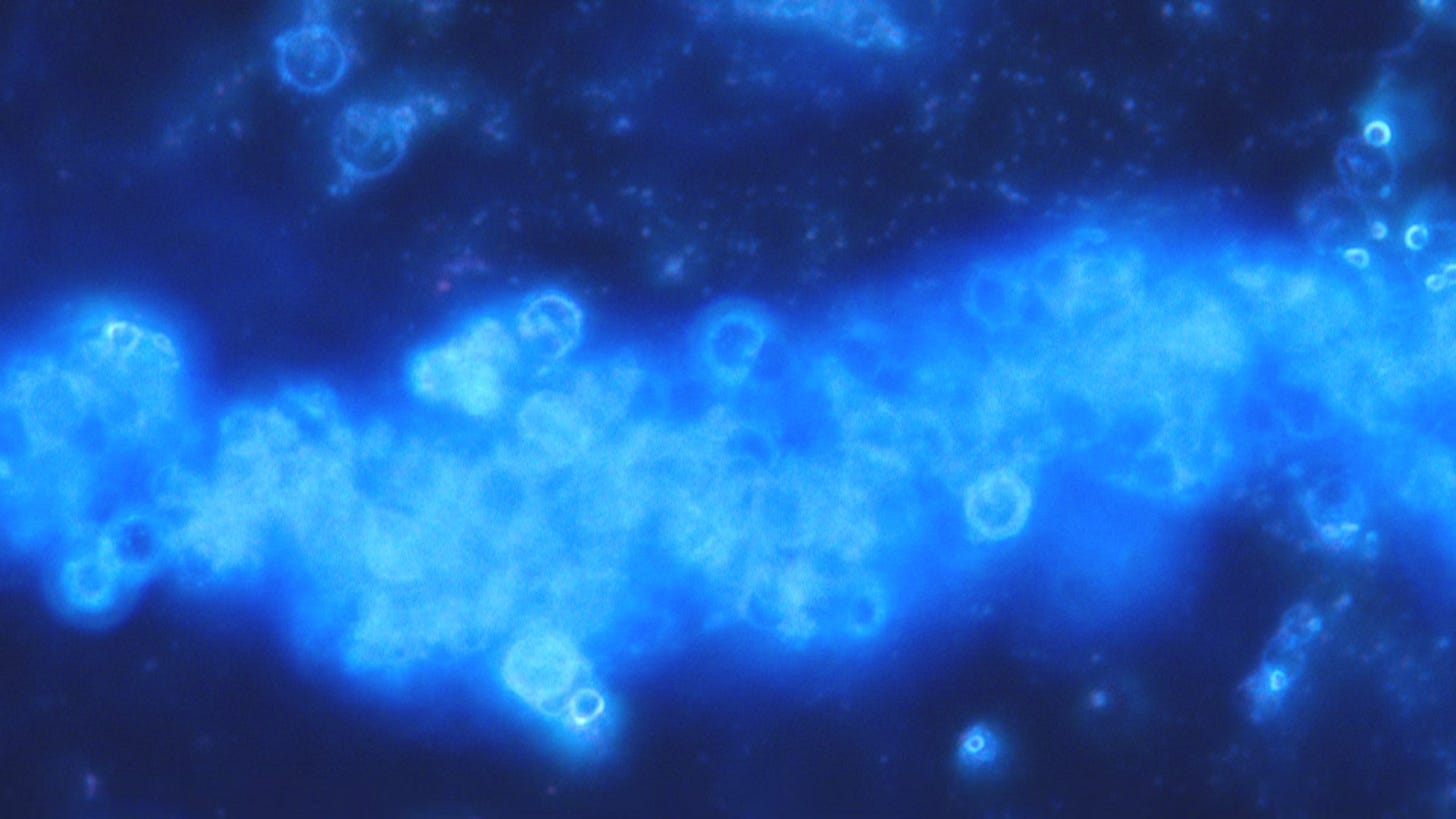
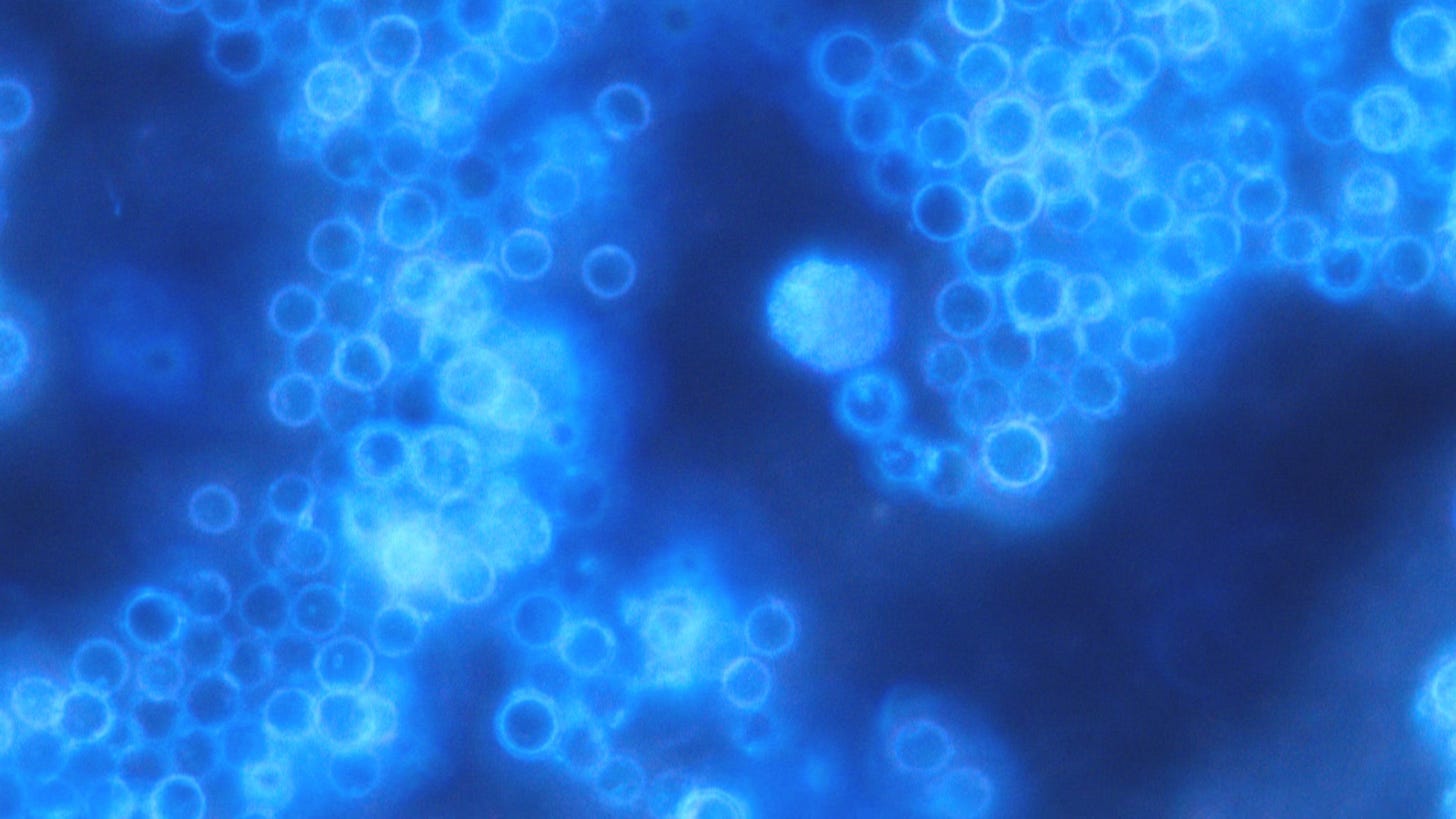
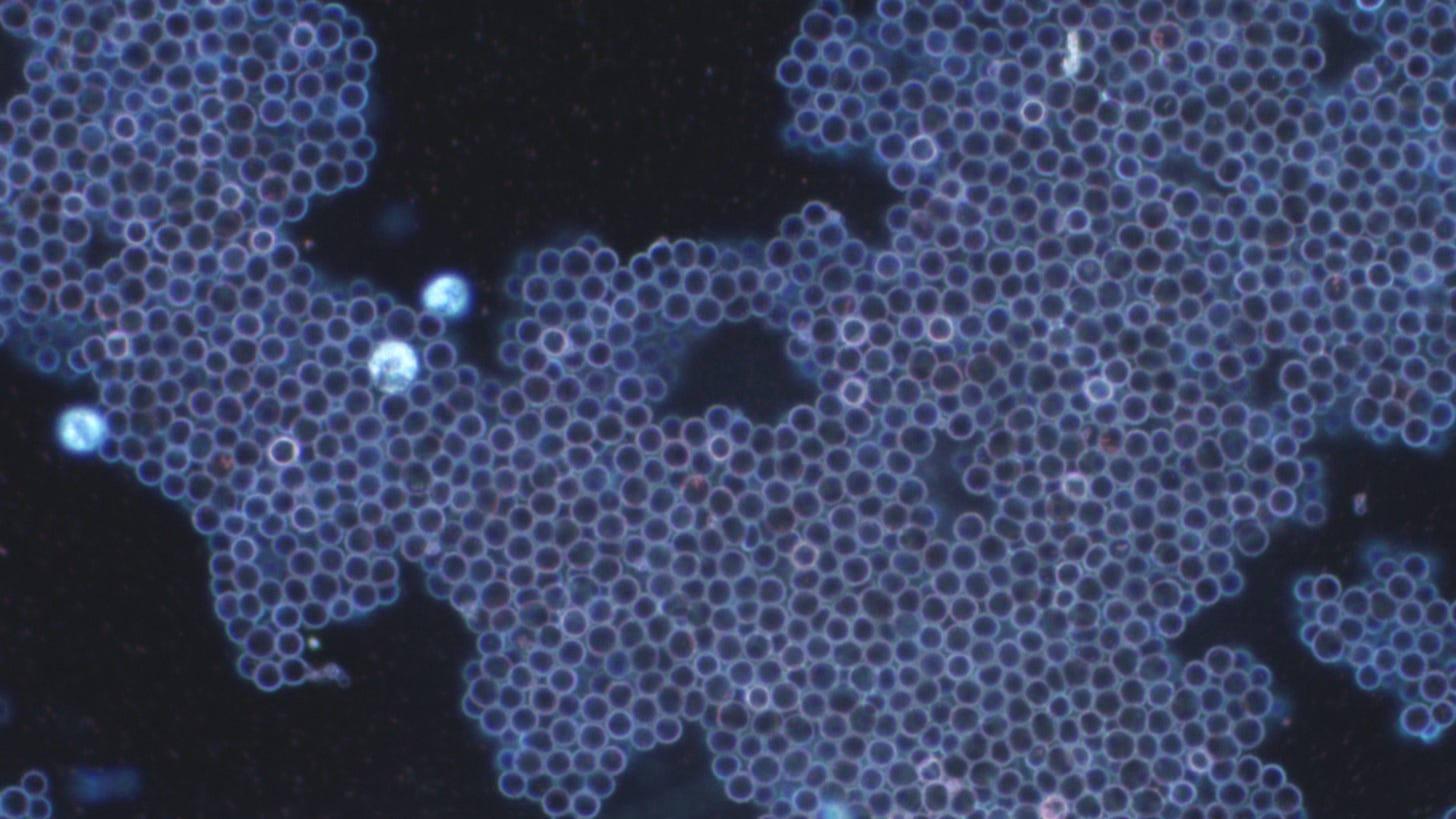
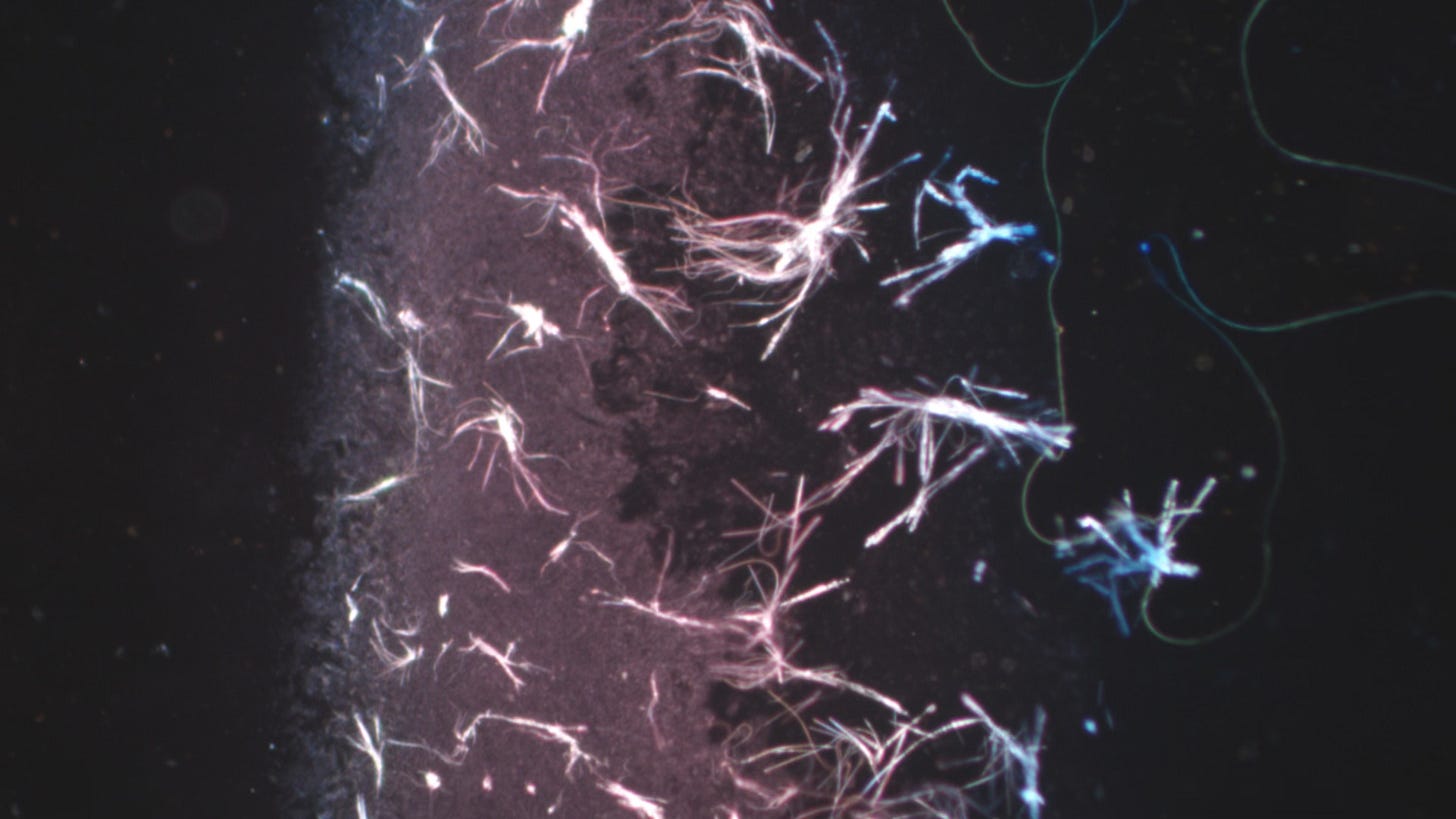
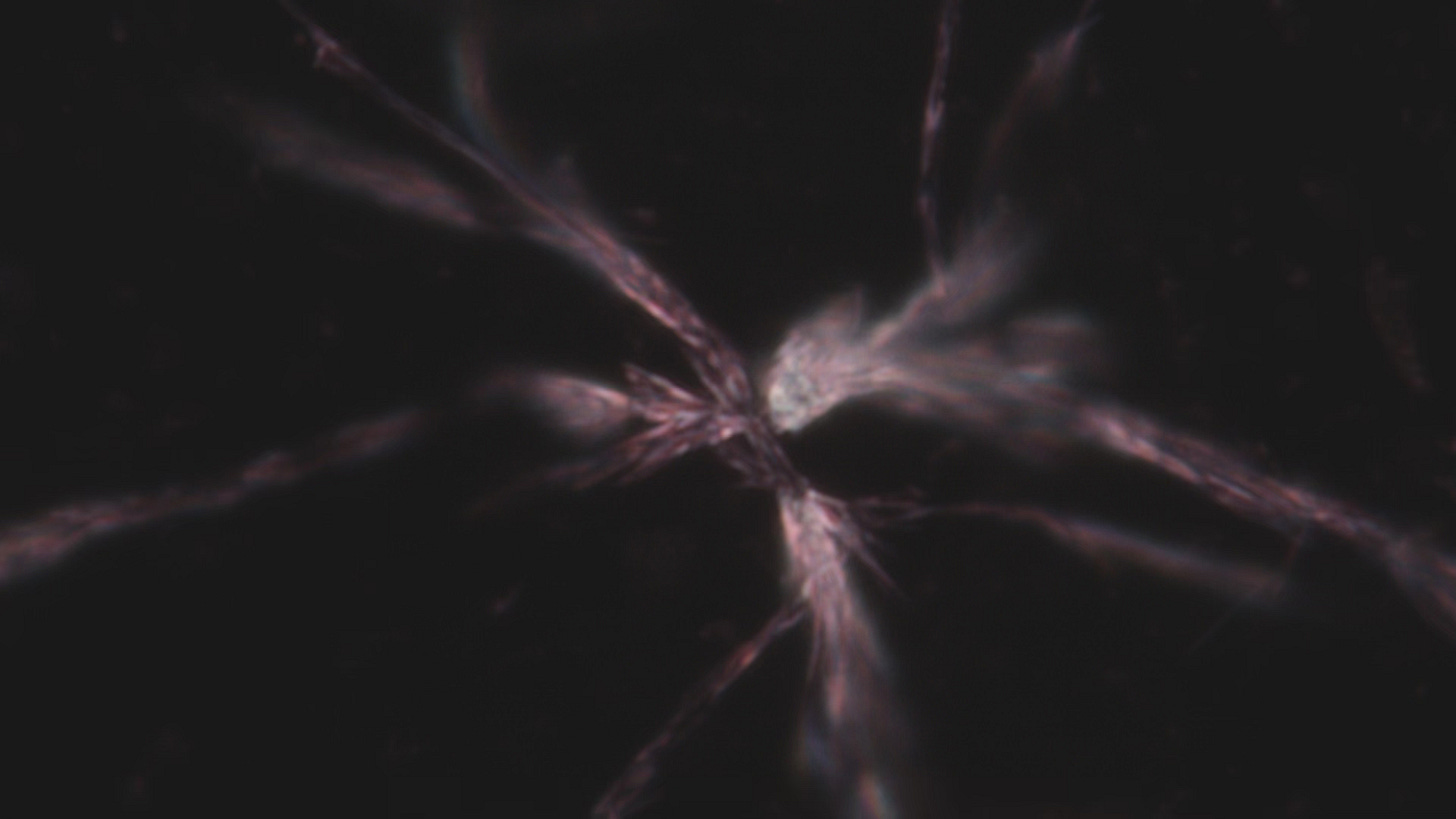
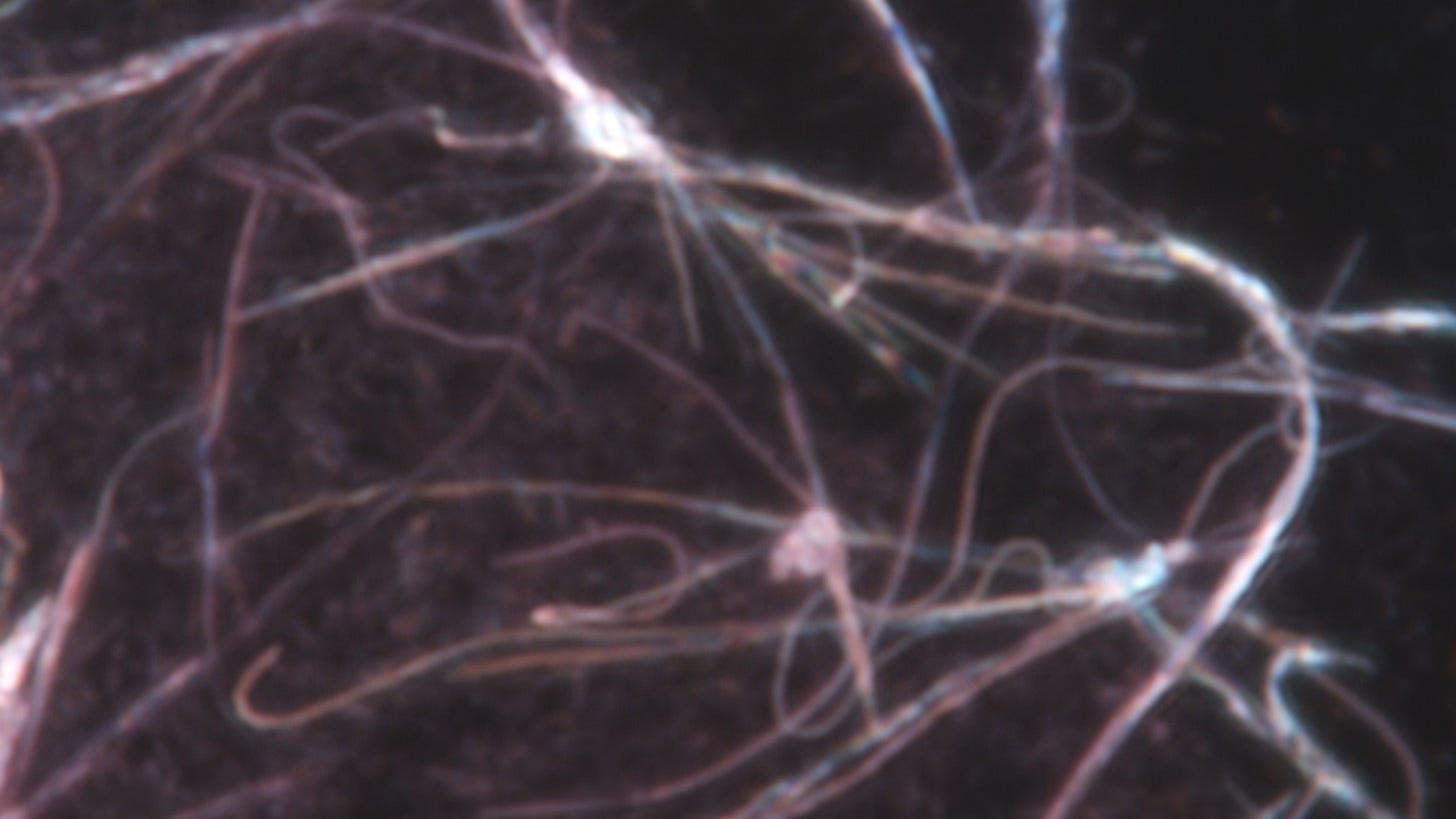
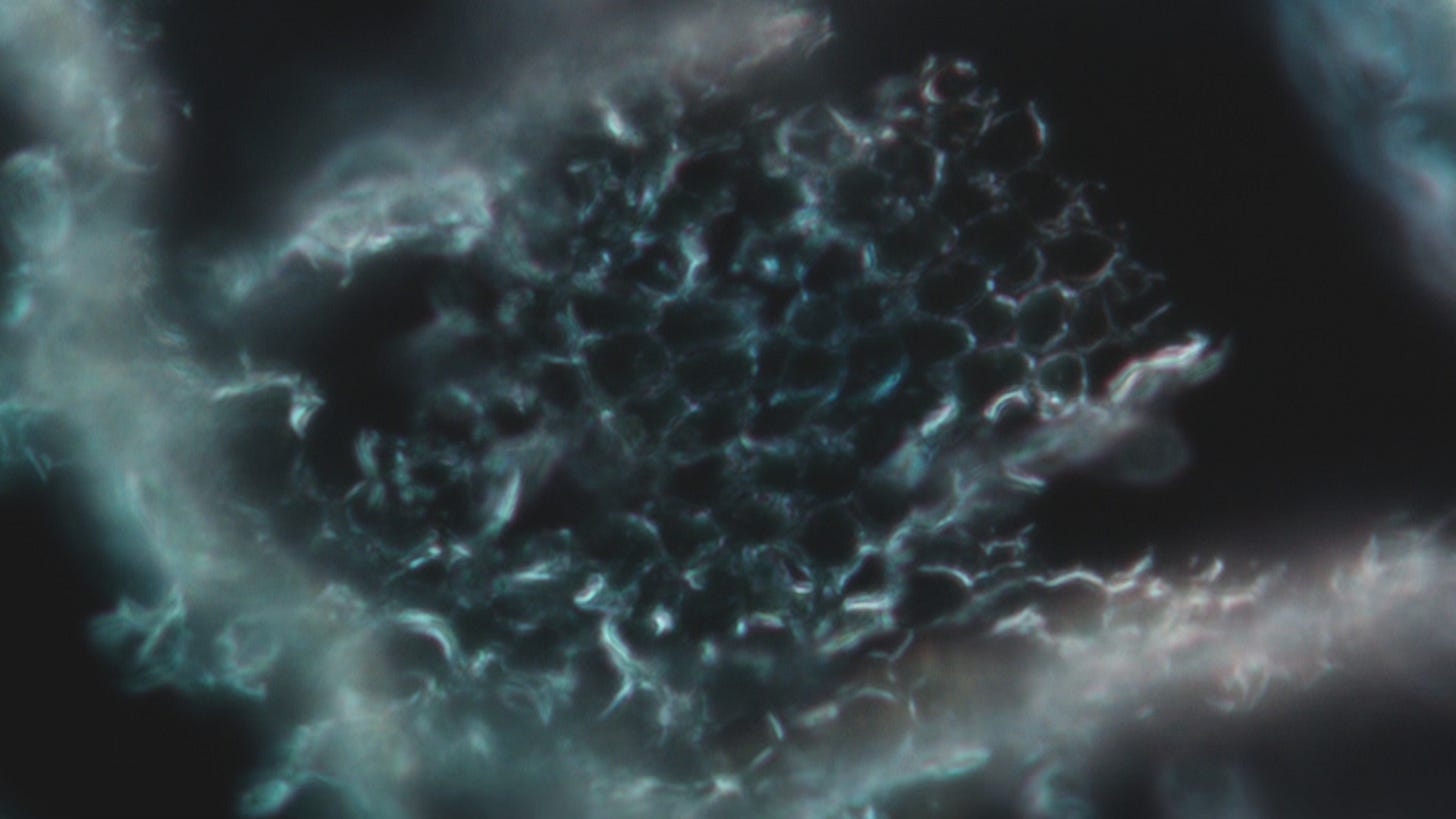

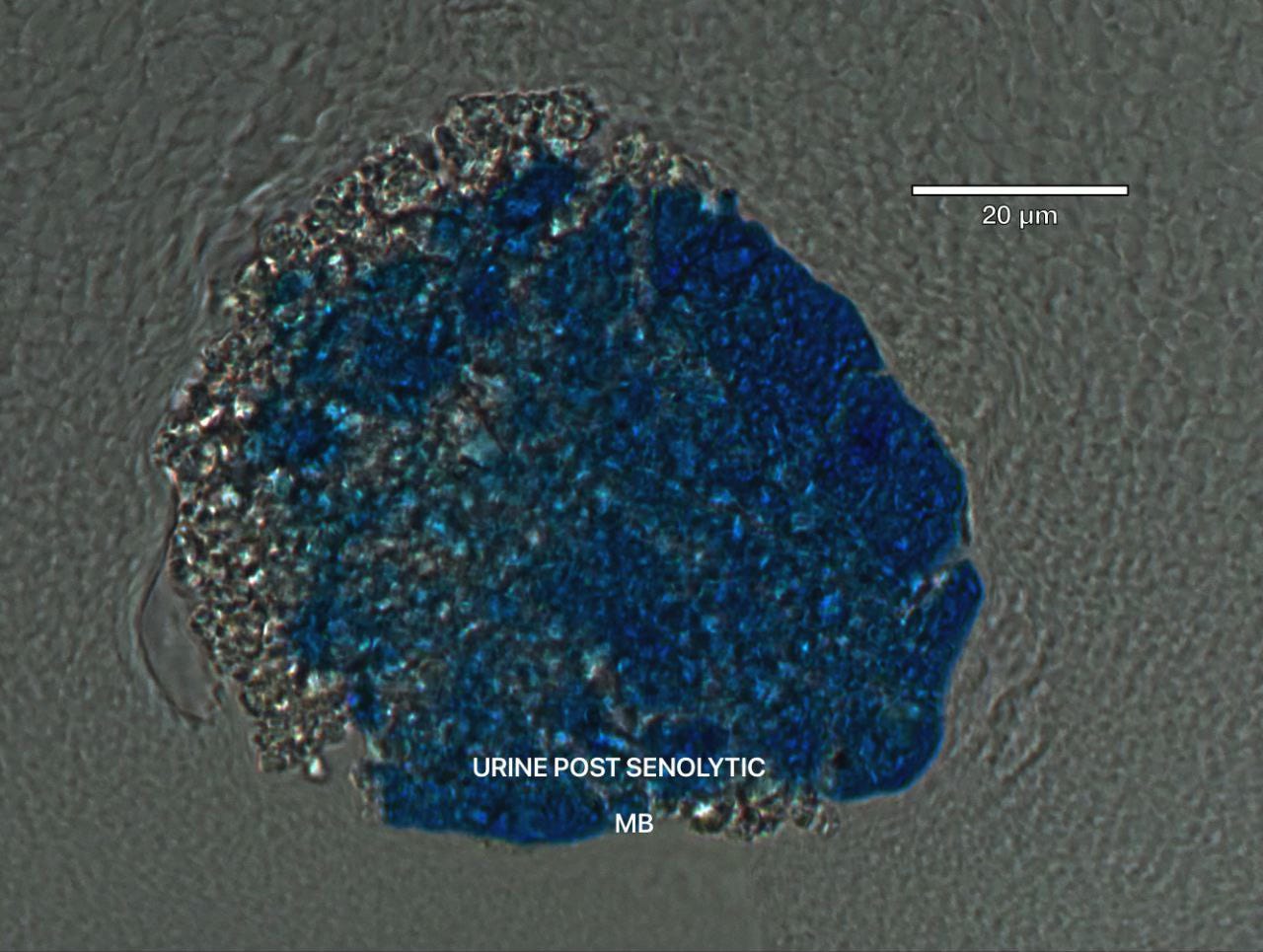
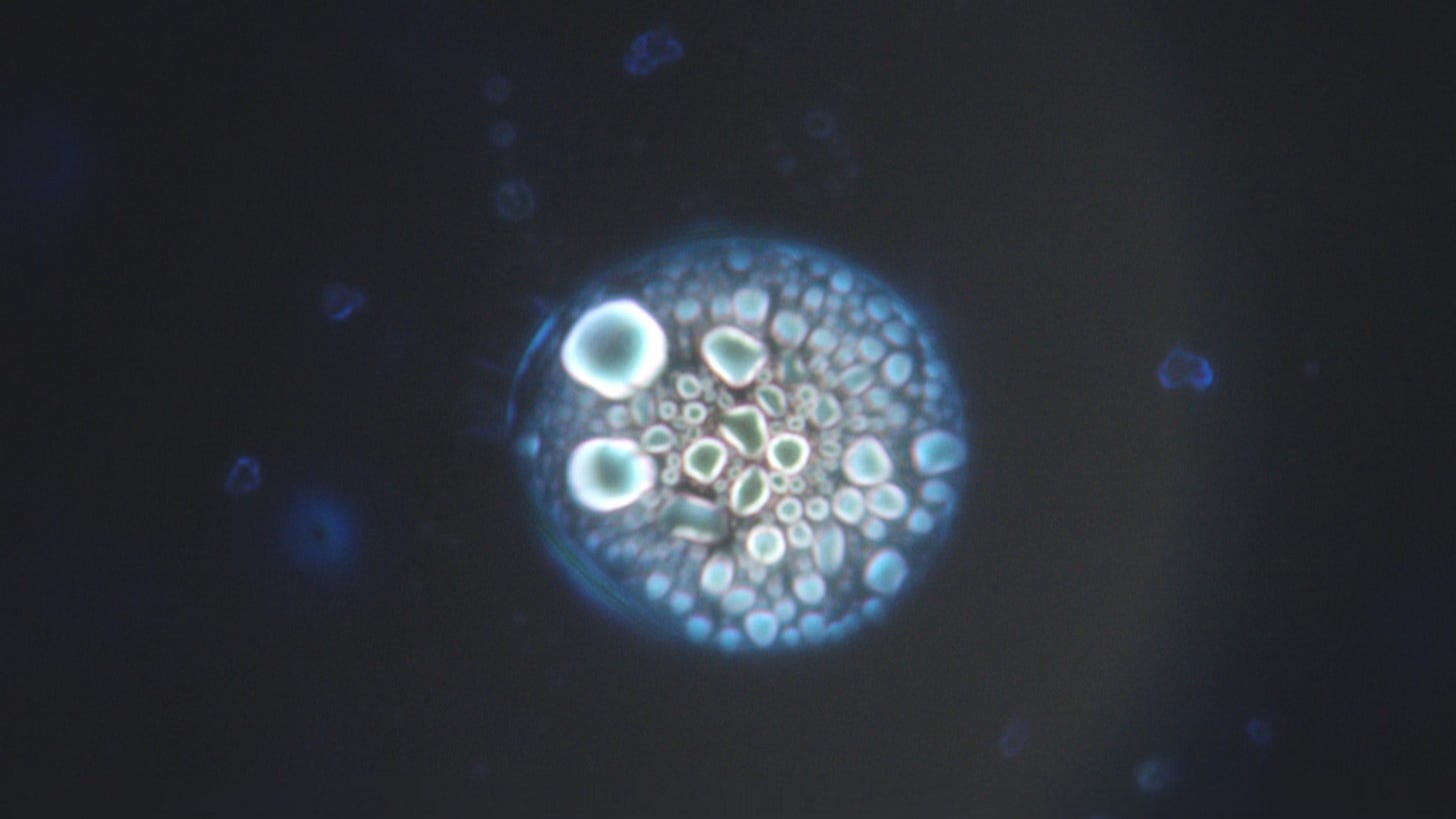

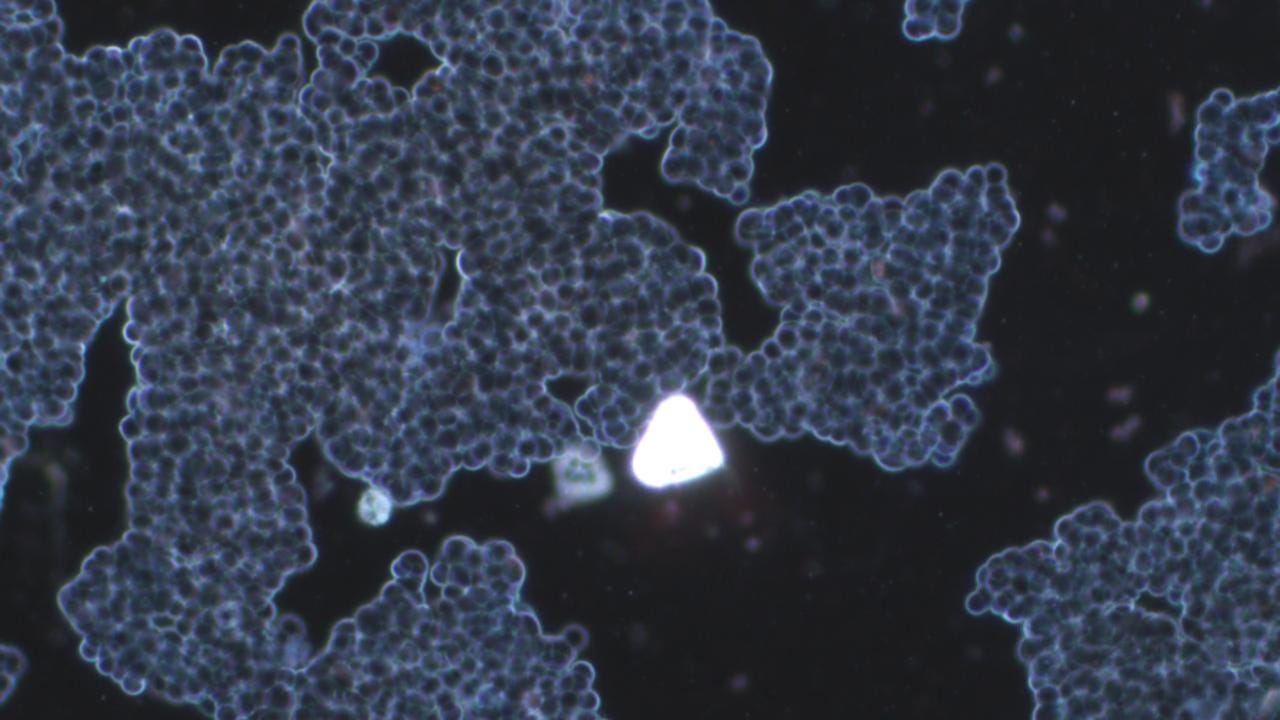
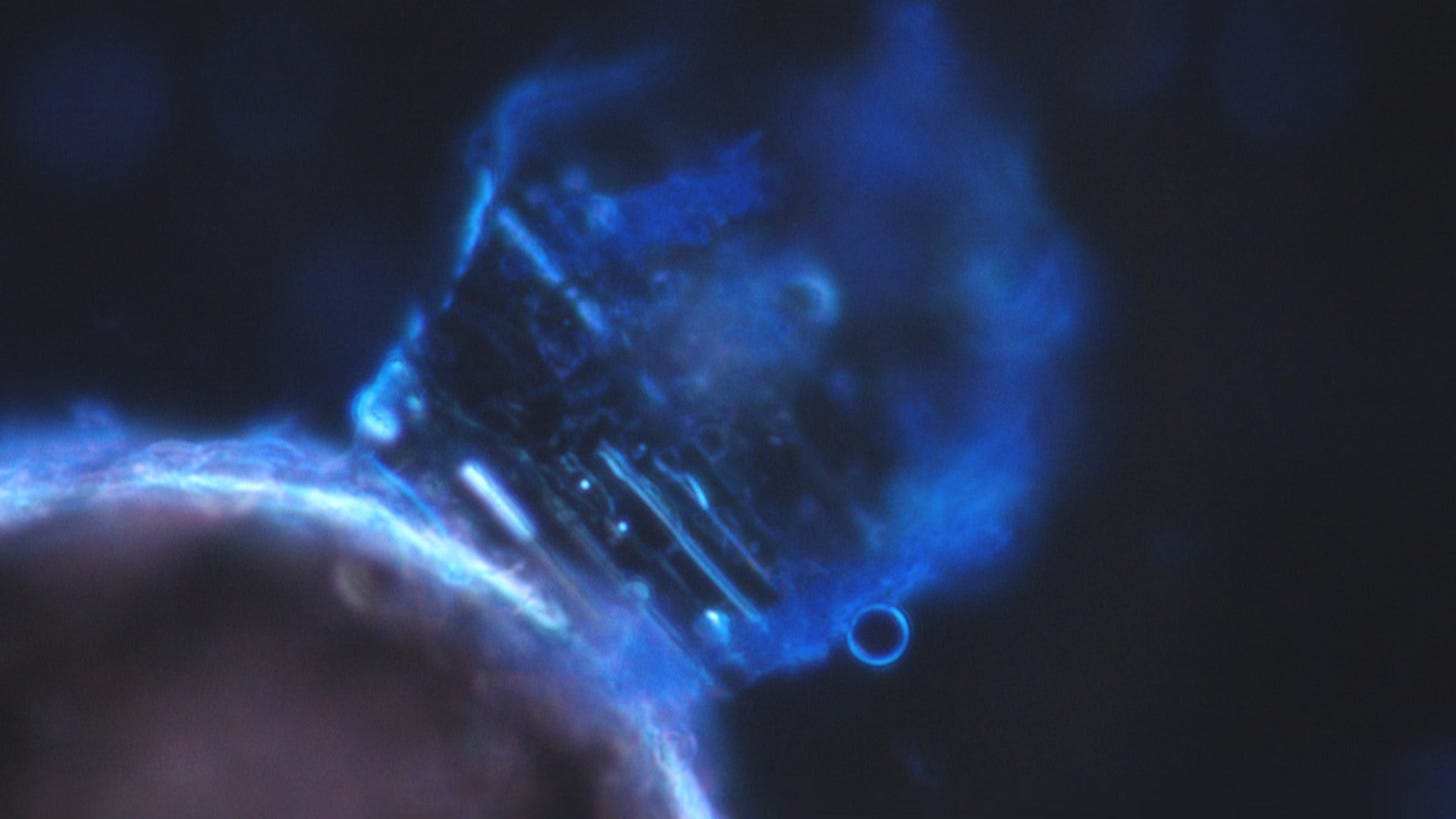
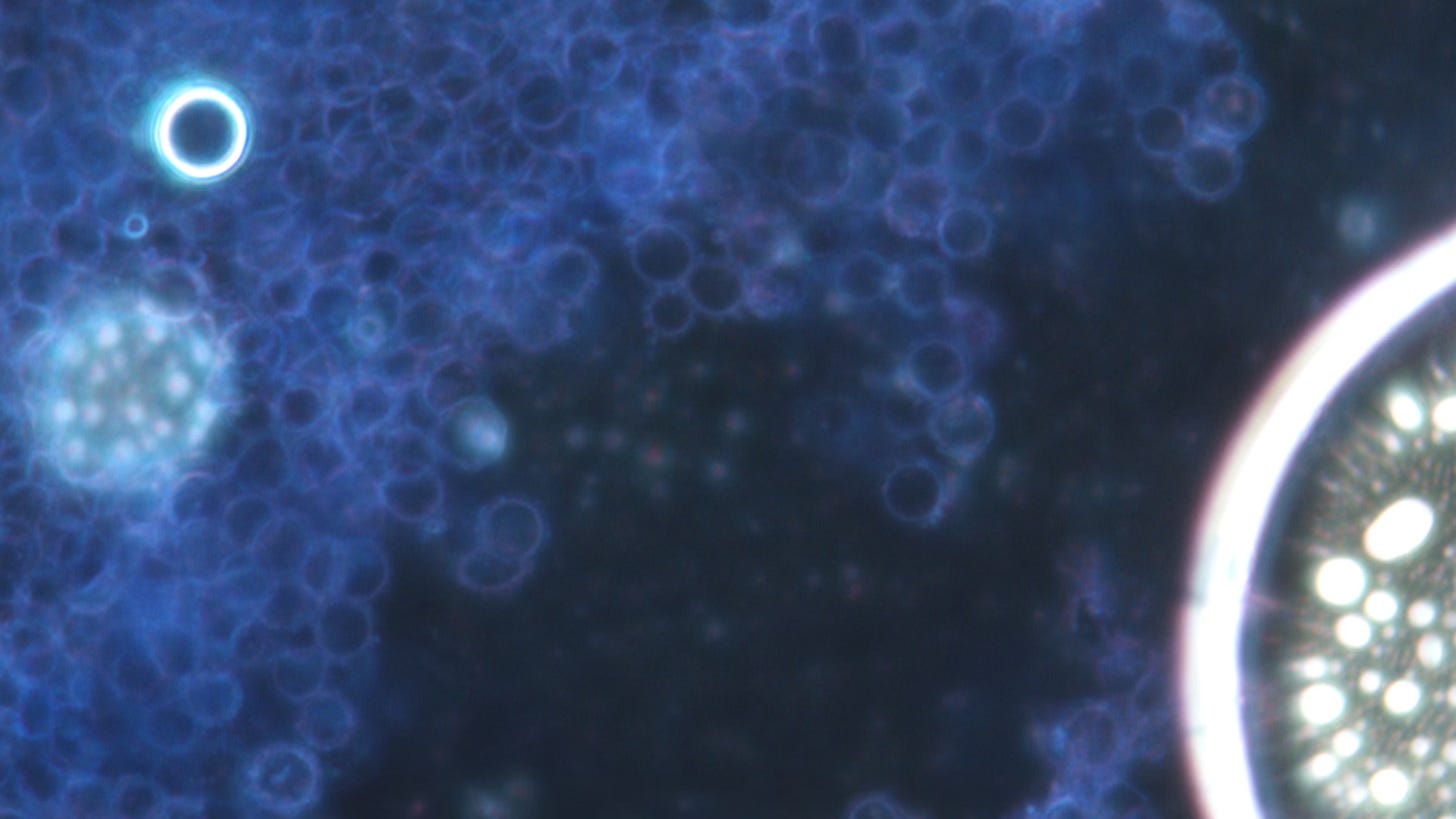
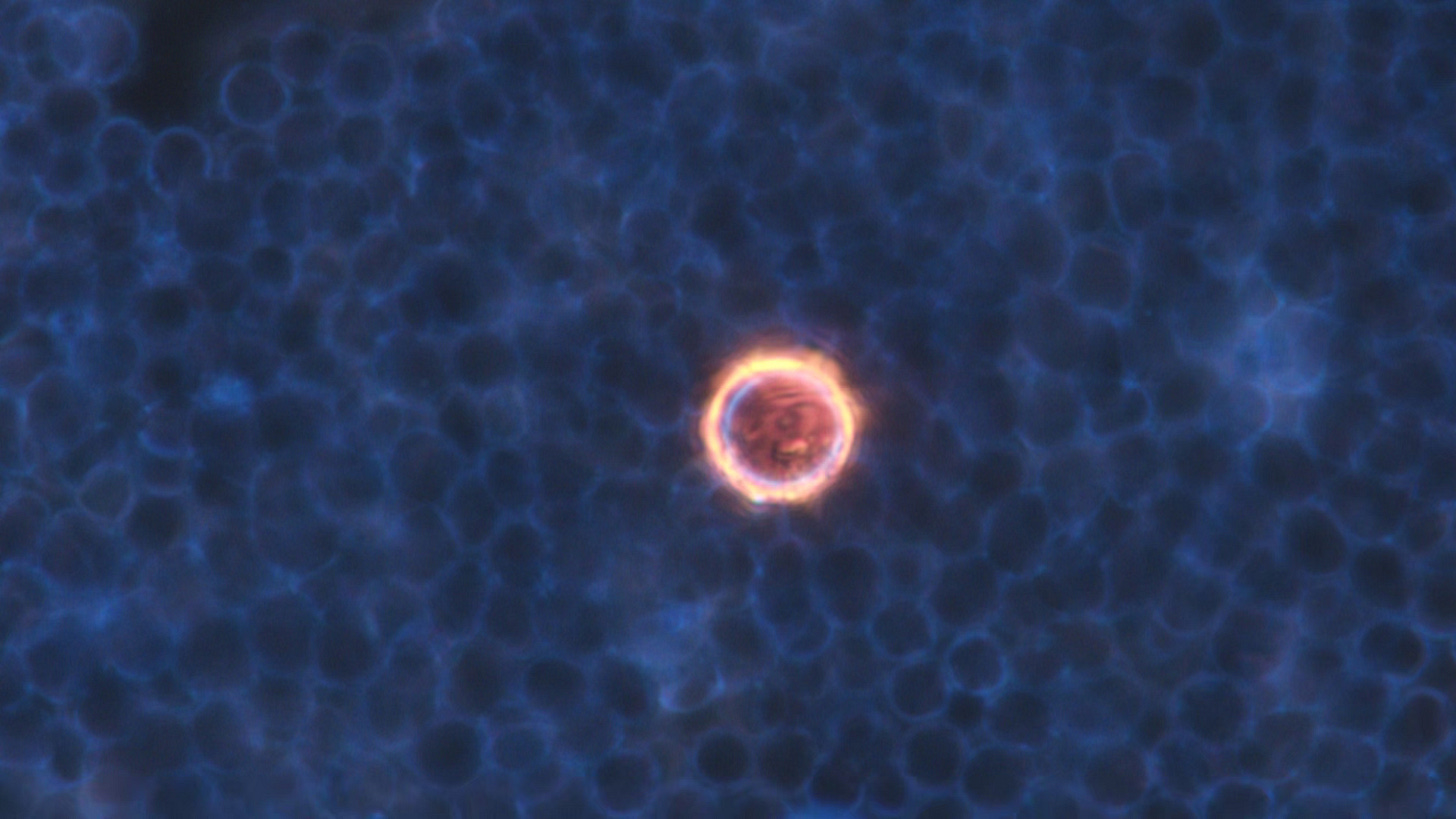
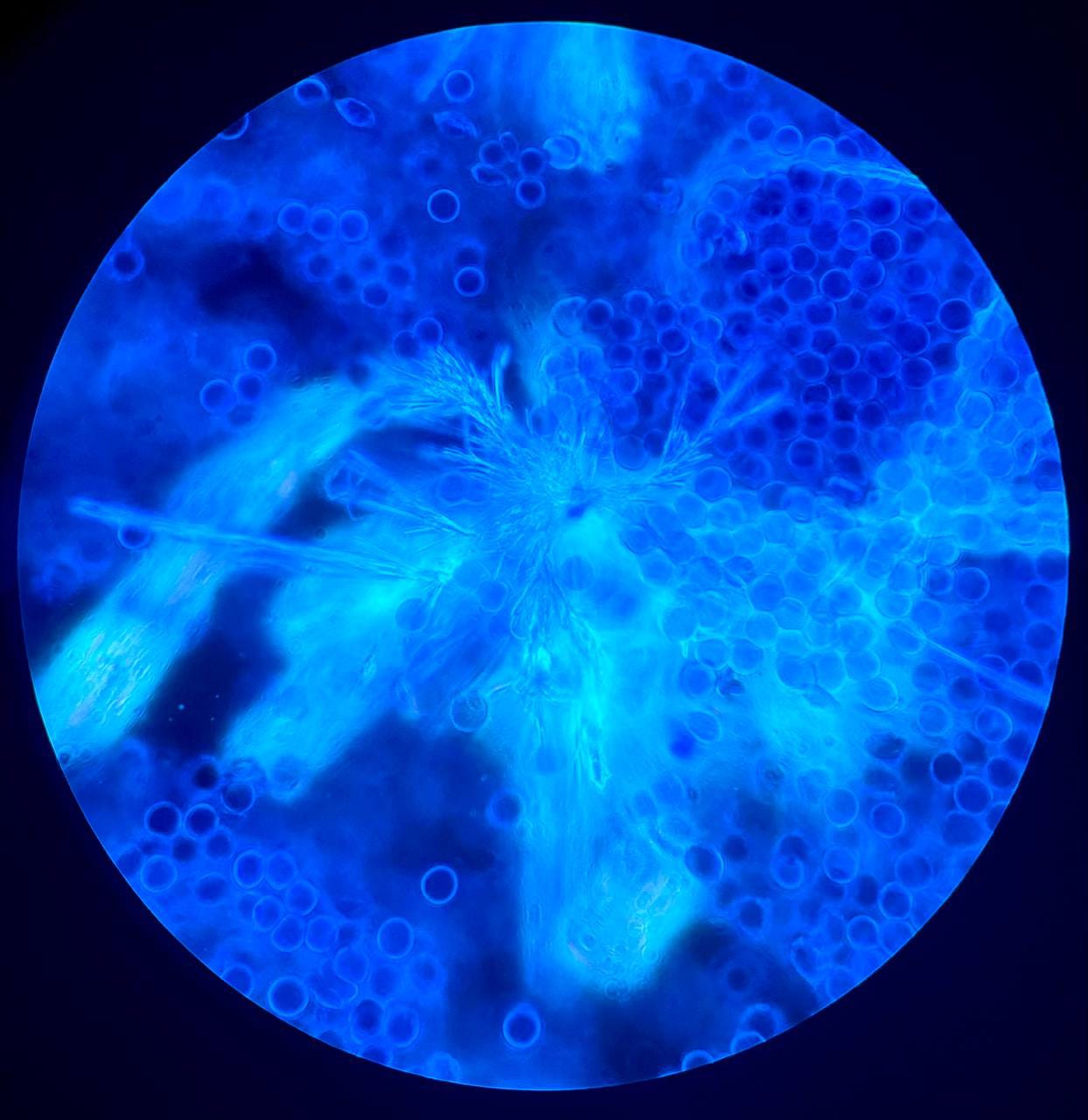
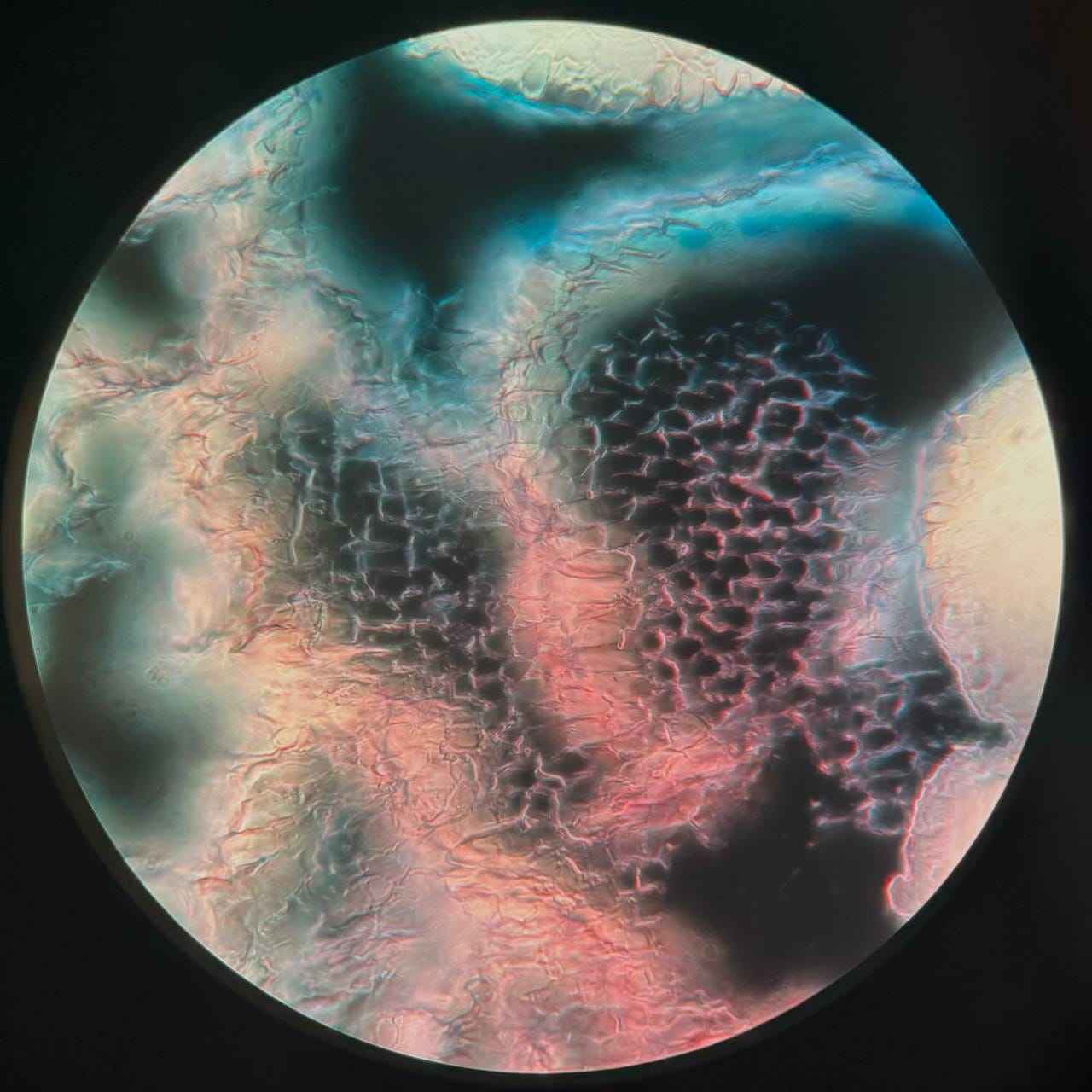


Thanks so much for all your careful work. I just wanted to leave a comment to let other readers know that Methylene Blue can interact with certain medications, such as: SSRIs and some painkillers, like: Tramadol. The results can be lethal when combined with some medications, so people may want to look at information online related to drug interactions.
So what do you recommend for an average person of average health to take a maintenance dose of MethBlue? Few drops a day maybe? Or should it be used only as needed?